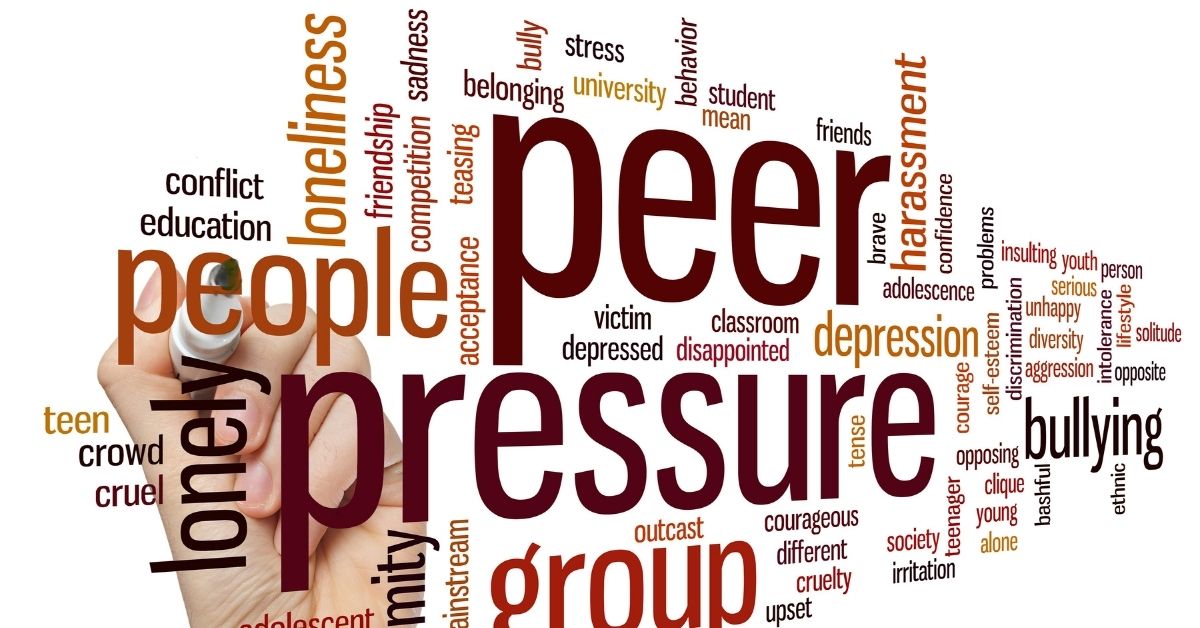For many couples, having a second child seems like a natural next step. But what happens when conception doesn’t occur as expected, even after successfully having a child before? Secondary infertility is a silent struggle that affects millions of families worldwide. Unlike primary infertility, where couples struggle to conceive their first child, secondary infertility refers to the inability to conceive or carry a pregnancy to term after having one or more children.
It is a condition that can be physically, emotionally, and socially challenging, often leaving couples confused and frustrated.
Real-Life Scenario: A Couple’s Unexpected Battle
Priya and Rohan had their first child naturally within a year of marriage. When their son turned four, they decided it was time to expand their family. Expecting a smooth journey, they were surprised when months turned into years without a positive pregnancy test.
Despite trying everything from tracking ovulation to lifestyle changes but nothing worked. Friends and family dismissed their concerns, saying, “You already have a child; you’ll conceive again naturally.” But deep down, they knew something was wrong. After consulting a fertility specialist, they were diagnosed with unexplained secondary infertility. The journey that followed included hormonal tests, fertility treatments, and emotional distress, making them realize how common yet overlooked this condition is.
Causes of Secondary Infertility
Several factors can contribute to secondary infertility, affecting either the male, female, or both partners.
1. Age-Related Decline
As women age, the number and quality of eggs decrease. By the age of 35, fertility declines significantly, and by 40, the chances of natural conception drop to about 5% per cycle.
2. Hormonal Imbalances
Conditions like Polycystic Ovary Syndrome (PCOS), thyroid disorders, and hyperprolactinemia can affect ovulation, making conception difficult.
3. Structural Issues in the Reproductive System
• Uterine fibroids or polyps can interfere with embryo implantation.
• Blocked fallopian tubes due to past infections, C-sections, or endometriosis can prevent fertilization.
• Asherman’s Syndrome, a condition where scar tissue forms in the uterus after a previous pregnancy or surgery, can lead to implantation failure.
4. Male Factor Infertility
• Low sperm count (oligospermia), poor sperm motility (asthenospermia), or abnormal sperm morphology (teratospermia) can affect conception.
• Lifestyle factors like smoking, alcohol, obesity, and stress can further reduce sperm quality.
5. Unexplained Secondary Infertility
In some cases, all fertility tests return normal, yet conception does not occur. This is termed idiopathic infertility, leaving couples without a clear cause.
Medical Diagnosis and Tests
A fertility specialist conducts a thorough evaluation to identify the cause of secondary infertility. Common diagnostic tests include:
For Women:
• Hormonal Blood Tests: Check levels of FSH, LH, AMH, estrogen, and progesterone.
• Pelvic Ultrasound: Identifies fibroids, cysts, or abnormalities in the uterus.
• Hysterosalpingography (HSG): A dye test to check for blocked fallopian tubes.
For Men:
• Semen Analysis: Assesses sperm count, motility, and morphology.
• Hormone Tests: Measures testosterone and other reproductive hormones.
For Both Partners:
• Genetic Testing: Identifies chromosomal abnormalities.
• Endometrial Biopsy: Evaluates uterine lining health for implantation.
Treatment Options for Secondary Infertility
The treatment depends on the underlying cause and the couple’s reproductive goals.
1. Lifestyle Changes
• Maintaining a healthy weight improves ovulation and sperm quality.
• Reducing alcohol, caffeine, and smoking enhances fertility.
• Managing stress through yoga, meditation, or counseling can regulate hormonal balance.
2. Medications
• Clomiphene Citrate (Clomid) and Letrozole: Stimulate ovulation in women with irregular cycles.
• Metformin: Used in PCOS patients to improve ovulation.
• Hormonal Therapy: Corrects imbalances in both men and women.
3. Assisted Reproductive Technologies (ART)
• Intrauterine Insemination (IUI): Sperm is placed directly into the uterus to increase chances of fertilization.
• In Vitro Fertilization (IVF): The most effective treatment, where eggs are retrieved, fertilized in a lab, and implanted in the uterus.
• Intracytoplasmic Sperm Injection (ICSI): Used for male infertility, where a single sperm is injected directly into the egg.
4. Surgery
• Laparoscopy: Removes fibroids, endometriosis, or adhesions.
• Varicocele Repair: Improves sperm quality in men with enlarged testicular veins.
Emotional and Social Challenges
Couples struggling with secondary infertility often face unique emotional difficulties. Society assumes that if a couple has conceived before, they can do so again. This can lead to feelings of isolation and self-doubt.
Emotional Impact:
• Guilt: Parents may feel guilty about not being able to give their child a sibling.
• Depression and Anxiety: The stress of failed attempts and medical treatments can be overwhelming.
• Relationship Strain: Fertility struggles can create tension in marriages due to differing coping mechanisms.
Social Pressure:
• Relatives and friends often question delays in having another child, unaware of the struggles.
• People may say, “At least you have one child,” making couples feel their pain is invalid.
Coping Strategies:
• Seeking therapy or joining support groups helps couples navigate emotional stress.
• Educating close family and friends about secondary infertility reduces stigma.
• Focusing on the present and maintaining open communication with partners strengthens relationships.
How Secondary Infertility Affects Society?
1. Increasing Awareness About Fertility Issues
Secondary infertility highlights the need for better reproductive education. Many couples assume fertility will always be the same, unaware of age-related decline.
2. Encouraging Open Conversations
Taboos around infertility often prevent couples from seeking medical help. Spreading awareness encourages earlier diagnosis and treatment, improving success rates.
3. Supporting Family Planning Policies
Governments and healthcare institutions must promote accessible fertility treatments and provide emotional support services.
Conclusion: Finding Hope Beyond the Struggle
Secondary infertility is a real and challenging condition that affects millions of couples worldwide. It is often misunderstood, leaving couples feeling alone in their struggle. However, with medical advancements, proper diagnosis, and emotional support, many couples overcome this hurdle and successfully expand their families.
If you or someone you know is struggling with secondary infertility, remember, you are not alone. Seeking professional help, staying informed, and keeping an open heart can make the journey smoother. Parenthood is not just about having children; it is about cherishing the ones you have and embracing new possibilities with hope and resilience.








